10 technologies that should be in a modern smartphone
Hi, Geektimes! This year promises us a lot of new smartphones - everything started with CES, will continue at the MWC and, most likely, will end only in the fall, when Apple introduces a new iPhone. No matter how analysts say the opposite, the mobile device market does not stand still, and manufacturers, to the delight of customers, use new (sometimes, true, and unnecessary) technologies. So what will it be - a smartphone of 2017?
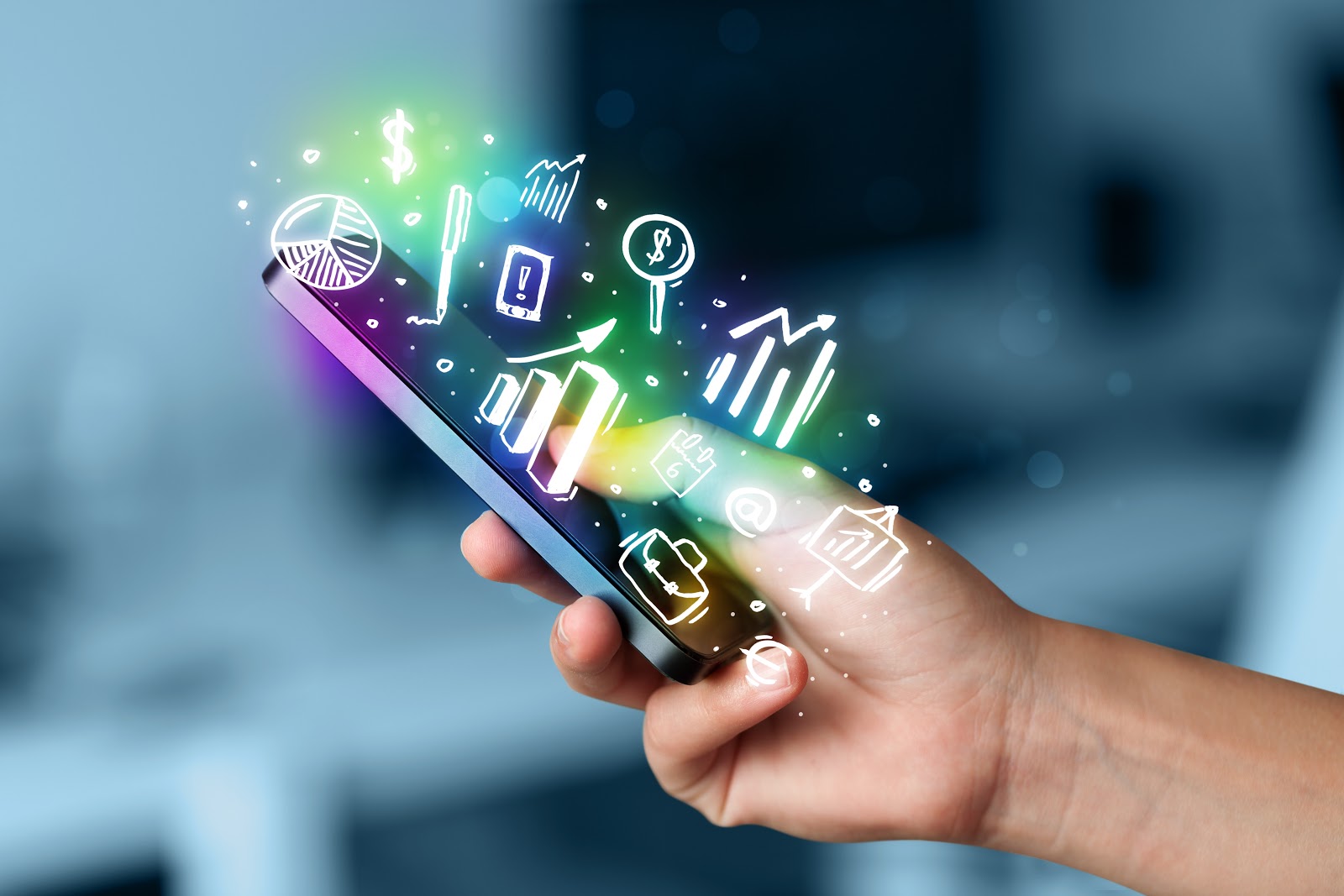
Let's say right away, many of the chips that we’ll talk about today are already in many smartphones. However, some trends are just emerging, others just remain paper waste paper in some patent office. And some of the vendors, so please us with a whole bunch of new technologies this year. At least if you believe the leaks from the Chinese.
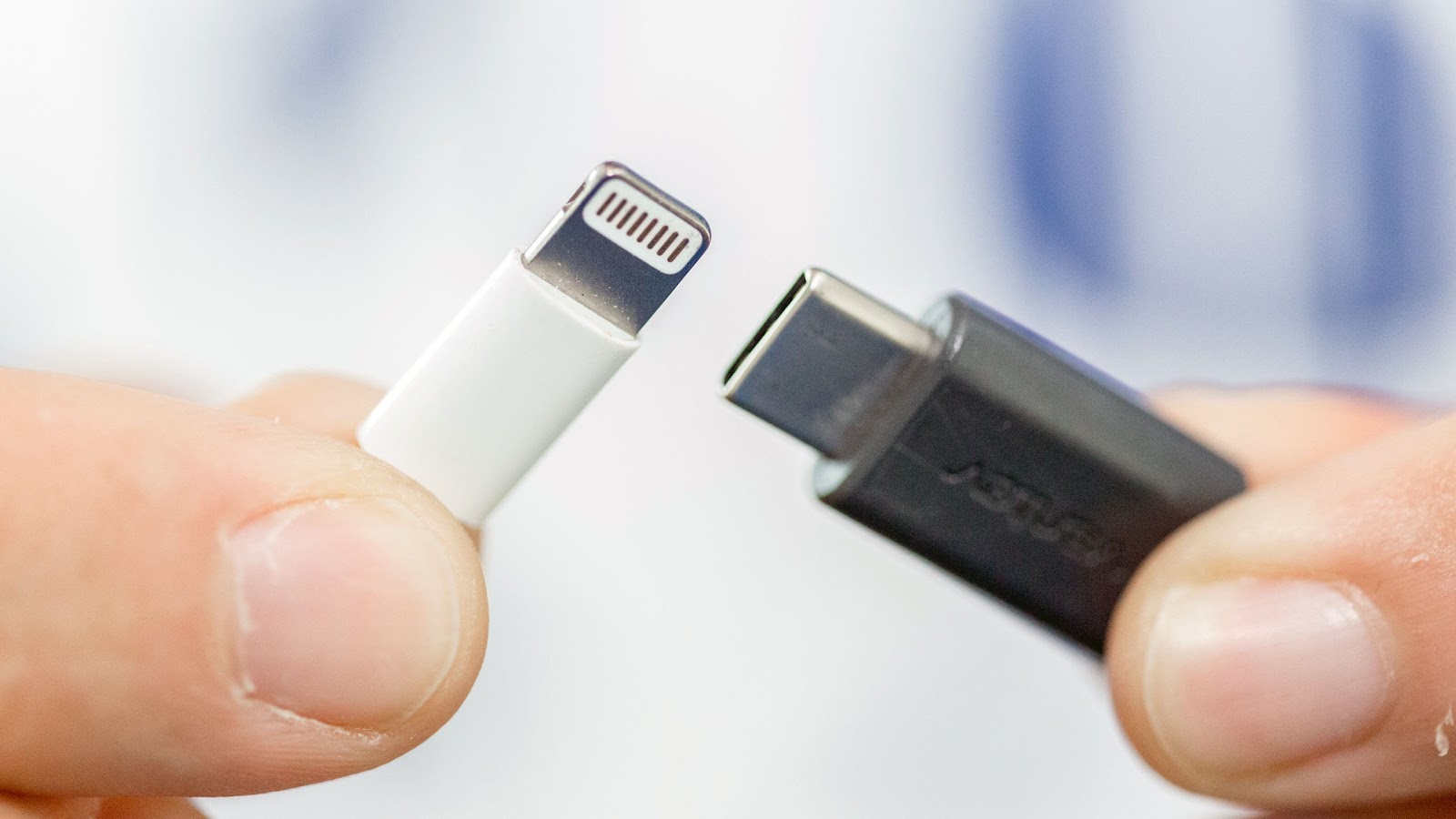
')
The type of USB-C connector can now safely be called a “killer” to all of us, the usual micro-USB. At first, manufacturers of premium-class smartphones ran in it, but soon they were joined by more accessible members of the family. The alignment is such that even Apple, known for its personal approach to connectors, can use USB-C in the new iPhone instead of Lightning.
Why did Apple at one time did not use micro-USB along with everyone? In 2012, the company had a choice: either to create its own connector, since the 30-pin connector turned out to be too large, or to join the other manufacturers. However, micro-USB did not meet at least one request from Apple - it was impossible to insert any of the parties. Now USB-C is fully consistent with the company's vision of a reliable connector, otherwise in a MacBook and new MacBook Pros, we would see Lightning again.
It should be understood that USB-C is only a new type of connector, not a standard - the latter is called USB 3.1. USB 3.1 "gave" us not only the Type-C connector, but also transfer up to 100 W of power, and doubling the data transfer speed compared to USB 3.0. For the transfer of high power meets the standard USB Power Delivery.
In general, in 2017, USB-C will become an indispensable element of almost all smartphones - the process has already been launched, and, probably, all this for at least a couple more years. Already, the price spread of smartphones with Type-C support is very large: from Xiaomi Mi4S and LeTV Leeco Le2 Pro to Lenovo Moto Z and OnePlus 3T . By the way, if you apply the coupon OPTGBS , the latter can be snatched for $ 448.99.
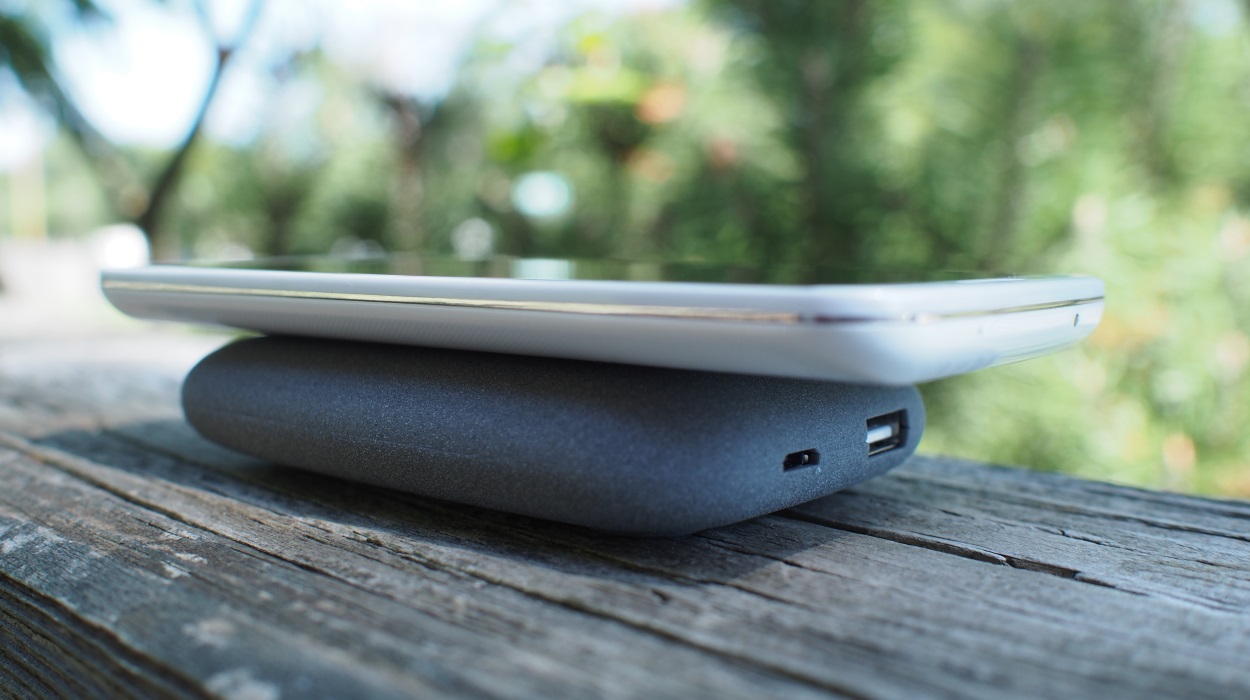
We have already told you about wireless charging in detail , and precisely because now it is one of the essential attributes of a modern smartphone. In short, its essence is in the transmission of electricity through the air through electromagnetic induction. For wireless charging, two coils are used: one located in the smartphone itself, the other in the power supply. Therefore, if one coil (source) is connected to the power supply, a magnetic field arises in it, which is perpendicular to the coils. The second coil (receiver) is placed in the zone of the magnetic field of the first - and voila! There is tension in it.
For unknown reasons, manufacturers of 2016 have bypassed wireless charging (but you can do it yourself - at least for the iPhone , at least for any Android-smartphone ), which cannot be said of Samsung with its Galaxy S7. Perhaps the reason is a small radius of action, as well as excessive heating of the device when charging in this way. Most likely, another boom of wireless charging will occur next year, for example, by ultrasonic. By the way, at the presentation in 2011 he was already able to transmit electricity at a distance of 7-10 meters.
Returning to the same Apple (well, it happened), we should recall the recent rumors about wireless charging in the iPhone, which could be a turn of the evolution of this technology. We are talking about the company Energous, which is known for its wireless charging technology WattUp RF - it allows you to charge smartphones and other devices at a distance of up to 4.5 meters from the charger. According to the company, it is working on the application of technology with one of the leading electronics manufacturers.
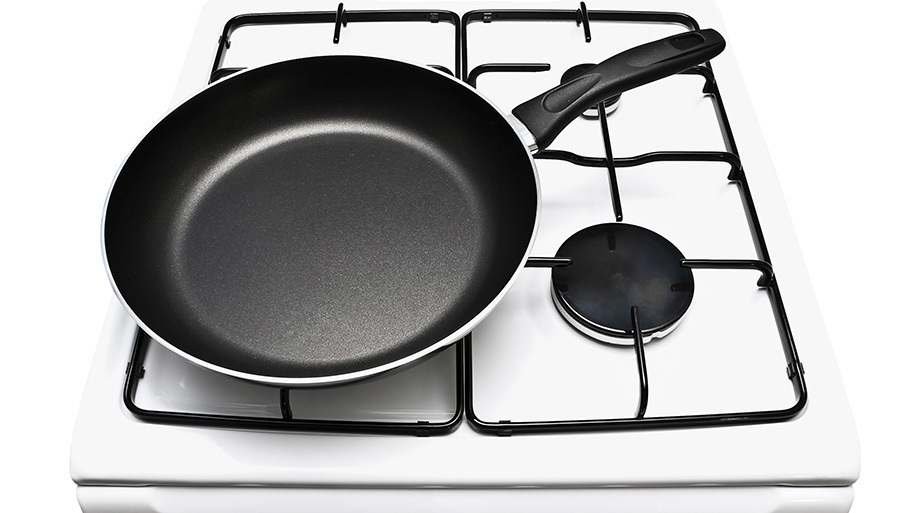
Oh, sorry, not that picture. Here is the one:
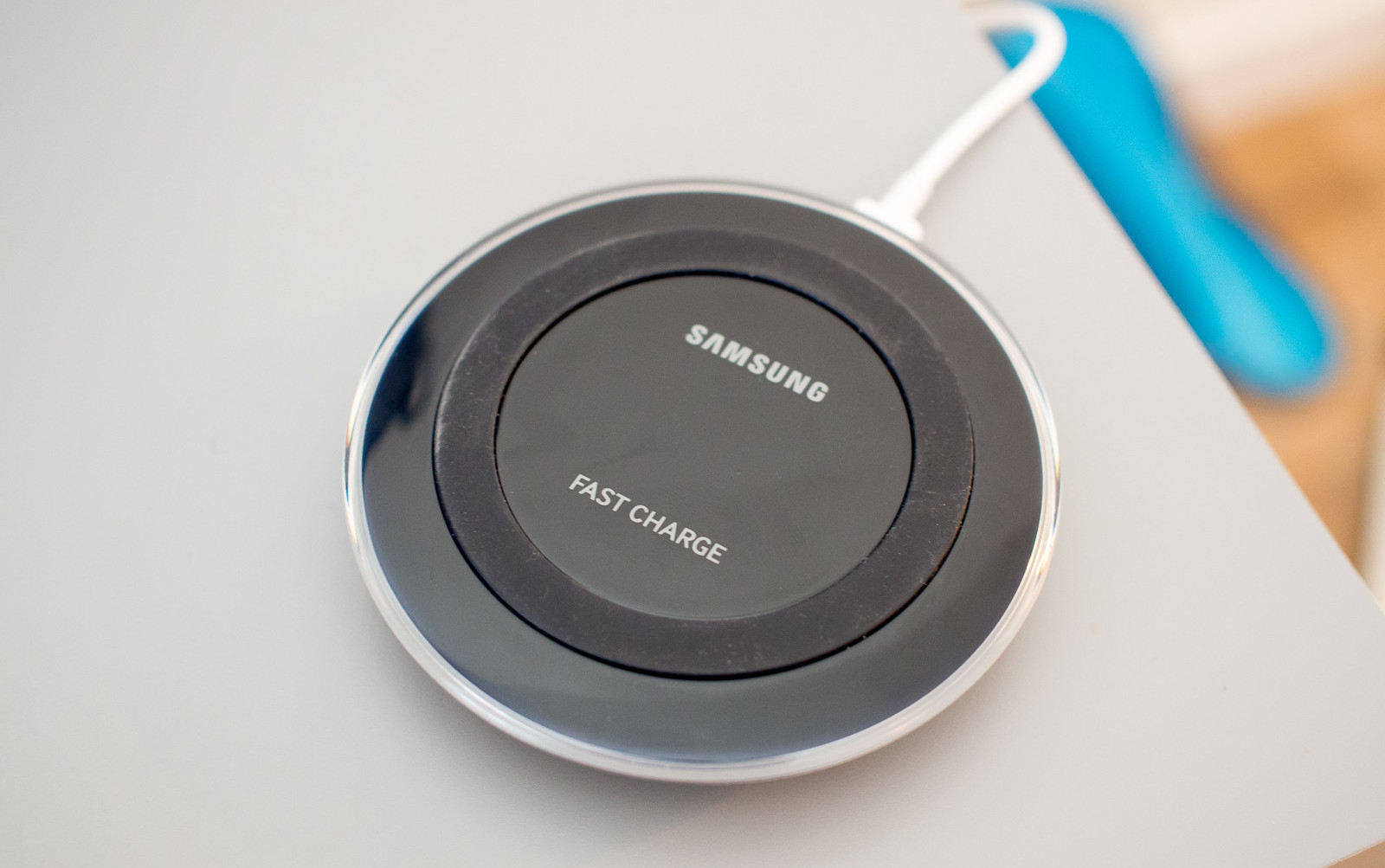
But fast charging now enjoys an enviable popularity both among manufacturers of smartphones and among buyers (however, this is a direct link). In 2016, devices began to be equipped with Quick Charge 3.0 technology ( Xiaomi Mi5 ($ 259.99 for the XIMIS promo code), Mi Mix, and others), which boasts support for INOV, an intelligent voltage selection technology. The technology appeared along with Snapdragon 820, 620, 618, 617 and 430 chips and received support for USB Type-C. For half an hour to 66% of the charge? Easy! However, for a battery capacity of about 3,000 mAh.
Snapdragon 835, introduced last fall, marked the emergence of a new technology Quick Charge version 4.0. The latter will charge a smartphone with a 2750 mAh battery in half in just 15 minutes, is compatible with USB Power Delivery, and comes with smart INOV voltage optimization version 3.0. Four-level overheating protection, of course, included. Considering that in 2017 we still have a lot of smartphones with Snapdragon 835 on board, the fourth version of QC can be tested in action. And fast charging will become fashion again - shoppers and marketers are happy.
Mediatek does not stand aside, last year it showed Pump Express 3.0 - from 0% to 70% in just 20 minutes. In space, they say, the smartphone will not fly, which is good news. The new technology will be available to devices running on the MediaTek Helio P20 chip.
→ Overview of fast charging technology
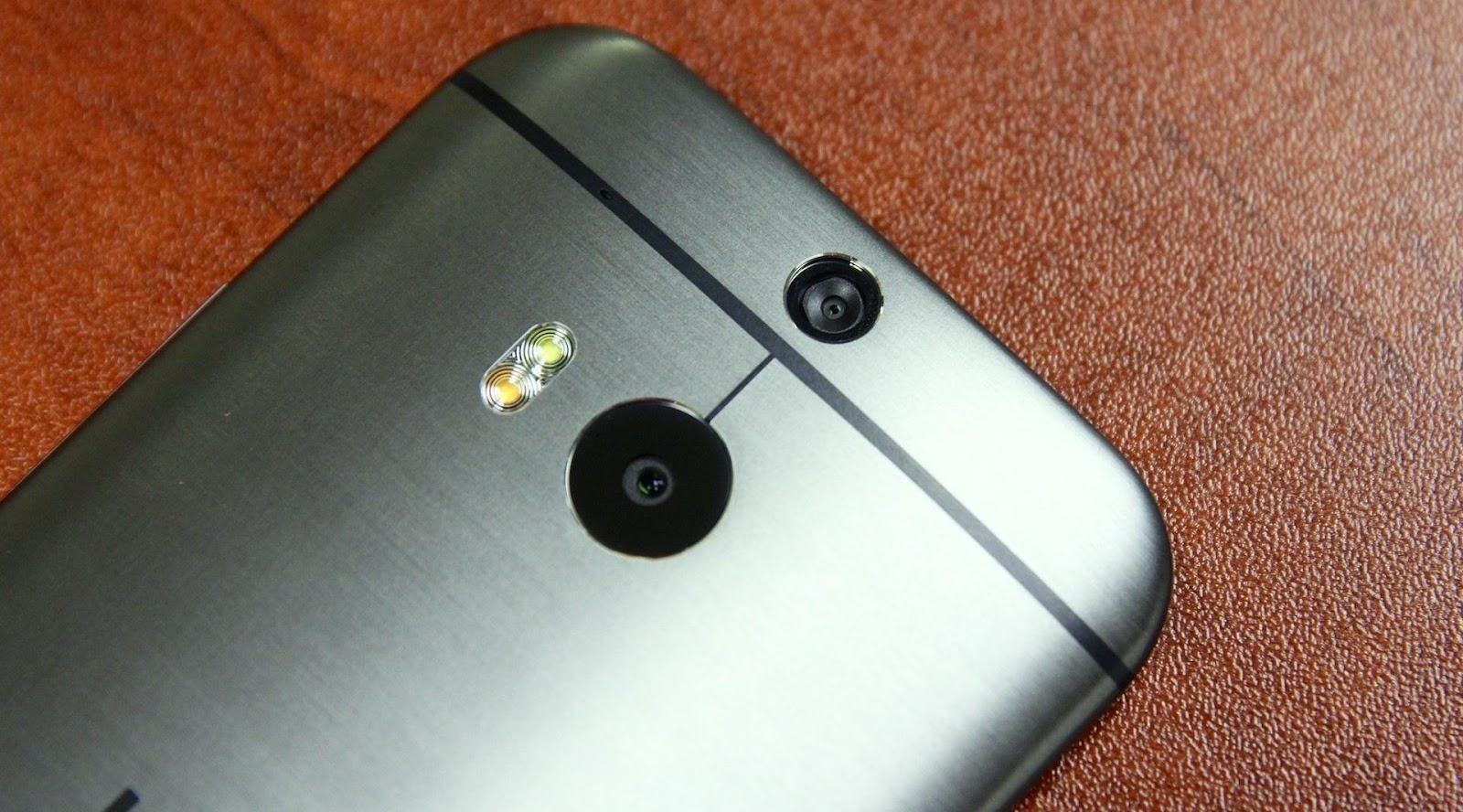
They say that even if Apple decided to use this or that technology, everything would definitely “fly”. Now, perhaps, we will not understand who has more green grass on the lawn, but the trend towards dual cameras is obvious - it is not only convenient, but it also allows you to get better pictures, and marketers can “boil” a hundred or two dollars on a new chip. And it is quite reasonable.
One of the advantages of a dual camera is to quickly take a picture, and focus later, due to the presence of not one, but two lenses at once. While one camera with a fixed focus receives a snapshot of distant objects, the other focuses on objects located side by side. The focus may be less accurate than the phase one, but how cool it is to have a function, just like in the Lytro camera.
Smartphone 2017 must be equipped with a dual camera. Although it is not too expensive, some manufacturers even began to lose market share due to the fact that buyers want a dual camera "like in an iPhone." But since the iPhone 7 Plus is not affordable for everyone, more low-cost counterparts on Android go into battle. Here, for example, BLUBOO Dual 4G or Ulefone Power 4G . Although Redmi Pro with dual camera can be cheaply taken if you enter the RPXM promo code.
And if you look something more serious, the blue Honor 8 with a dual camera will be an excellent option. Only $ 369.99 for a special promotion by February 14 ! There, by the way, there are a lot of interesting smartphones at very tasty prices.
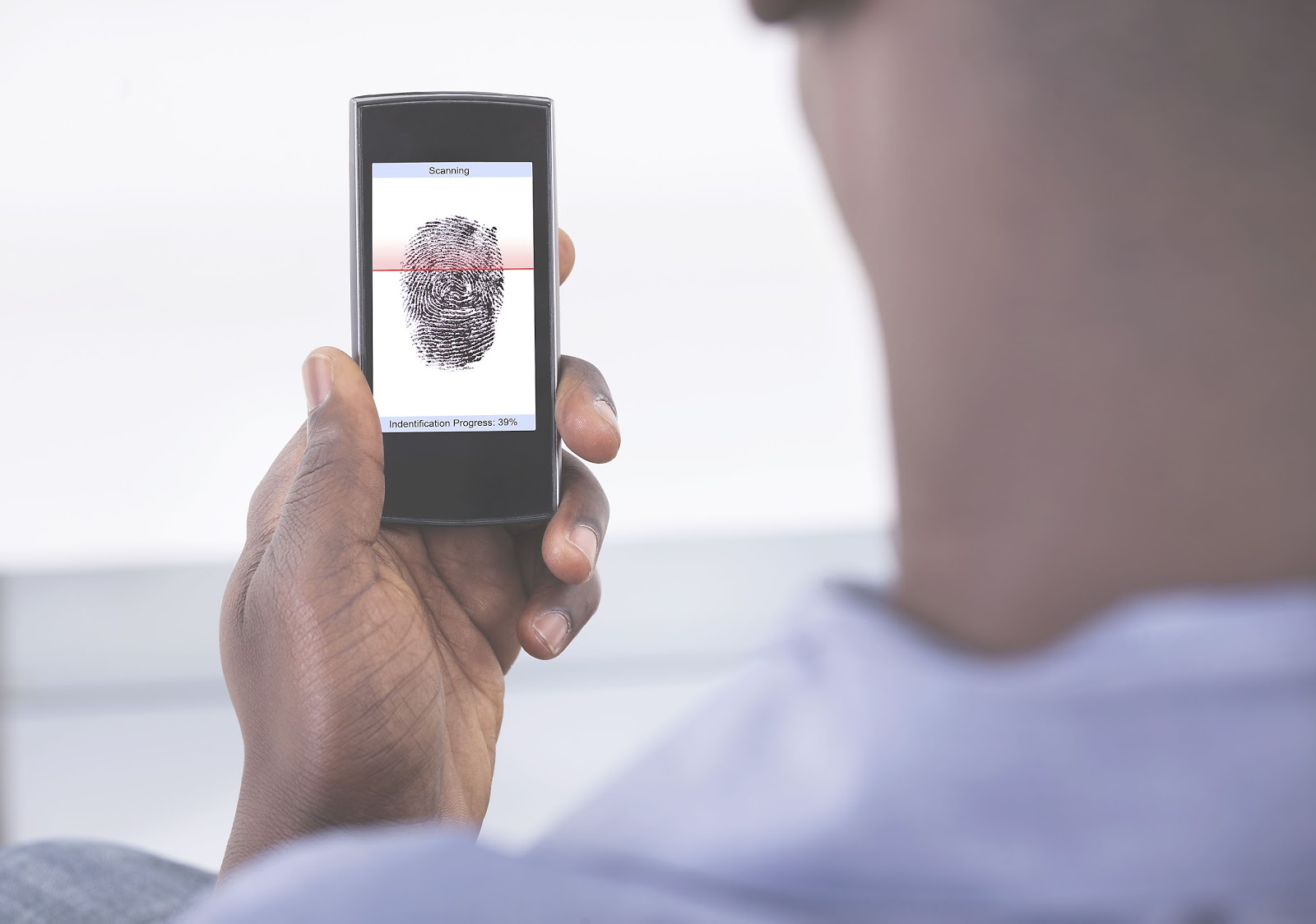
The fact that in a modern smartphone should be a fingerprint scanner, no one has any questions. The imprint does not change throughout a person’s life and is considered one of the most common identification methods, it is well known that Xiaomi ( REDNO Promo Code on Redmi Note 4 for $ 194.99) and OnePlus do not bypass it. But if you get stuck, capacitive scanners can be quite easily deceived, which cannot be said about ultrasonic scanners - scanning the surface of a finger with the help of ultrasonic waves and measuring the distance between the source of waves and the relief of a print on the reflected echo. One of the first smartphones with such a sensor was LeEco Le Max 2 . Last year, ultrasound scanners were not so run-in, and many manufacturers looked in their direction with caution - the implementation of the technology is somewhat more expensive than the capacitive ones.
In 2017, everything can change - according to rumors, more and more vendors are going to introduce Qensecomm's Sense ID technology, where ultrasound penetrates metal surfaces, glass and some plastics and receives a three-dimensional fingerprint card. Well, you should not forget about scanning the iris, since Samsung has already tested the technology on the mass market. In general, a modern smartphone will necessarily be equipped with advanced biometric tools, and not a simple fingerprint scanner (the main thing is that DNA is not collected). About 10 years ago, they would have shown us with a forefinger and without remorse, they said, "snicked." And what to do.
→ Technology Review of Fingerprint Scanners
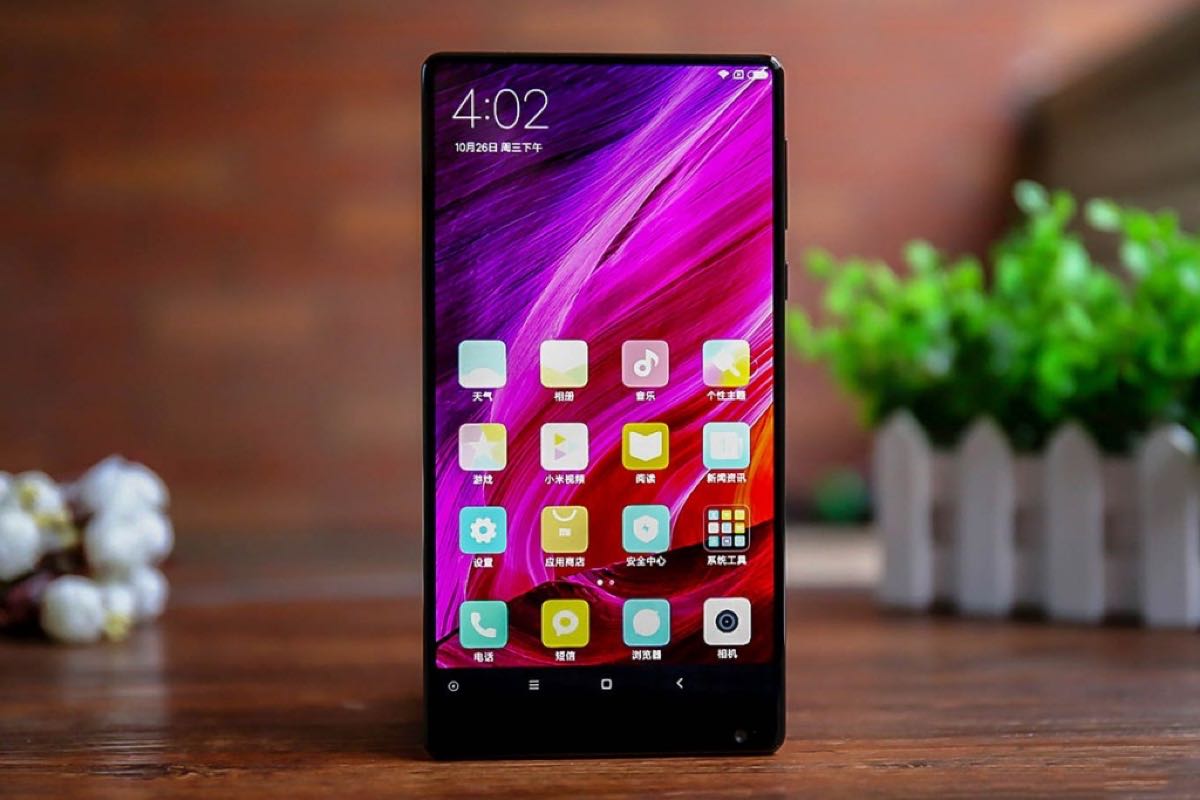
What exactly will be a hit in 2017 is frameless and curved screens. How many conversations were there when Xiaomi presented its Mi Mix smartphone in October last year: in fact, however, it was not as “frameless” as numerous renders sang to us, but the device still turned out very stylish and interesting. Other manufacturers aspire to this - thin screen frames exist in LeTV Le Max Pro, and even in the budget Blackview A8 or Redmi 4 4G ($ 164.99 for the promotional code XIREDMI ).
Smartphones with curved screens are also spreading - for example, the Galaxy S7 Edge has become much more popular than the regular S7 precisely because the edges of the display of the device are on the side faces. How convenient it is - another question, but it looks very cool. The manufacturer who can achieve "frameless" not on renders, but live, will definitely earn the sympathy of buyers.
And here, of course, it didn’t go without a fly in the ointment - curved OLED screens are expensive to produce, so their use affects the final cost of a smartphone. Strategy Analytics even predicted an increase in the price of the iPhone 8 to $ 1,000 due to the curved OLED display.
→ How not to get lost in the screens of smartphones
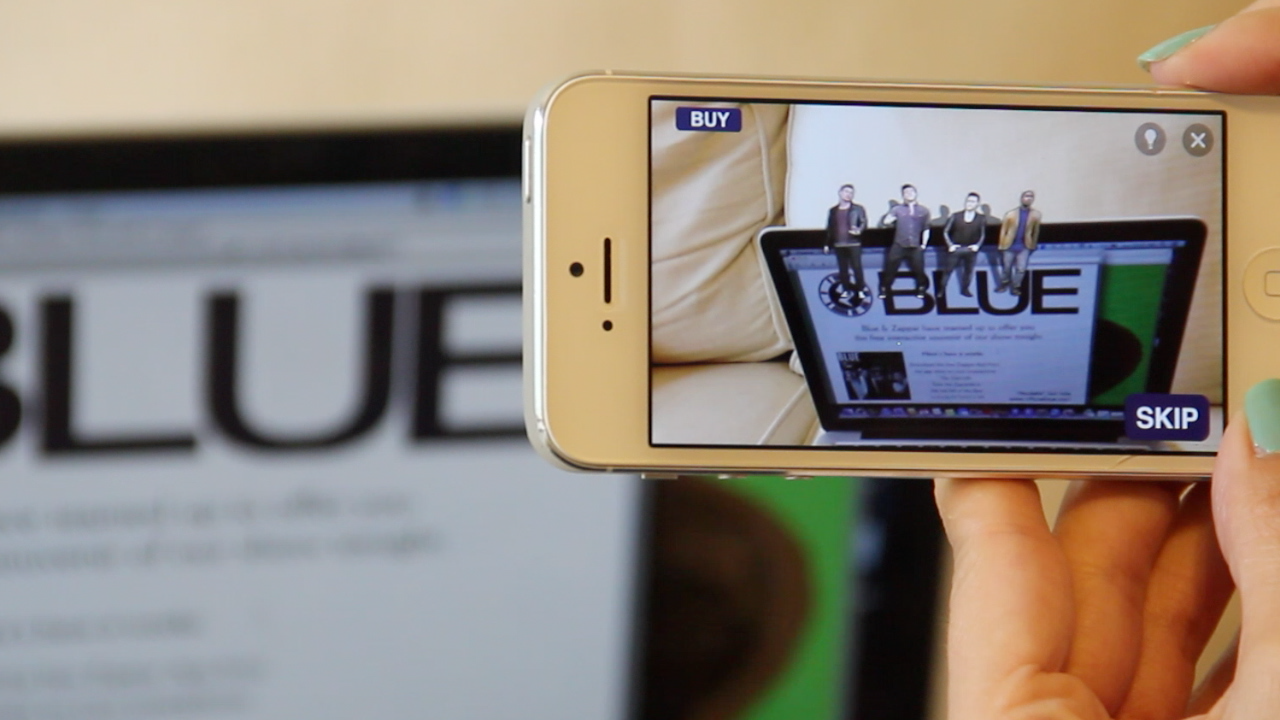
If everything is clear with virtual reality in smartphones, the AR direction still raises many questions, although it is developing at a rapid pace. In the first case, everything is decided by a special helmet - be it a cheap Google Cardboard or an advanced Gear VR and the like . Augmented reality is implemented at the program level: the success of the game Pokemon GO last year clearly demonstrated the whole perspective of this direction.
Ideally, a modern smartphone should support augmented reality right out of the box, thanks to the presence of embedded software tools. AR in mobile devices is just evolving, so we are looking forward to the surprise of the manufacturers. In Apple alone, an entire division works on augmented reality.
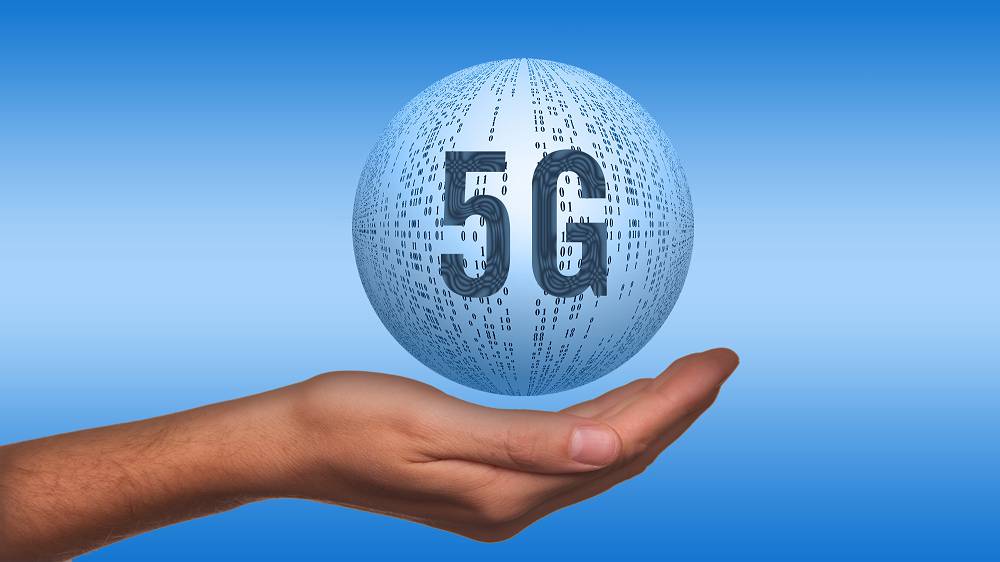
Perhaps this point is controversial, but if the concept of "modernity" does not stretch for a year, but at least for a couple of years, it has chances to exist. LTE networks appeared in our life just as unexpectedly as 3G in due time, the same can happen with fifth-generation networks: not for nothing a couple of days ago the 3GPP consortium approved the name 5G for them.
Although the 5G specifications will be approved only at the beginning of next year, commercial use of networks may start as early as 2019. So, for example, in early February, MTS and MGTS announced that 5G will appear in Russia by the beginning of 2019 - successful technology tests have already been carried out, and other cellular operators will not keep them waiting.
5G networks differ from previous generations by an increase in speed (at least an order of magnitude), a decrease in delays, and a significant increase in network capacity. In the process of technology implementation, much will depend on the manufacturers of smartphones - however, they will always have time to pop up.

This point, perhaps, causes even more disputes than the previous one. Someone says “yes, why these assistants, there is no sense from them,” but motorists have already appreciated the opportunity to send a message or make a call without taking both hands from the steering wheel. And in general, voice assistants are convenient because they allow you to save time on typing and performing familiar actions: keeping a diary, creating reminders, setting an alarm clock, and so on.
Now the world of voice assistants is not limited to Siri alone: Microsoft has Cortana, Samsung is preparing to rethink voice control with the new assistant Brixby (Samsung Hello), even Amazon is working in this direction. Will there be a revolution from other manufacturers? We will find out soon. But to imagine a modern smartphone without this embedded technology is already difficult.
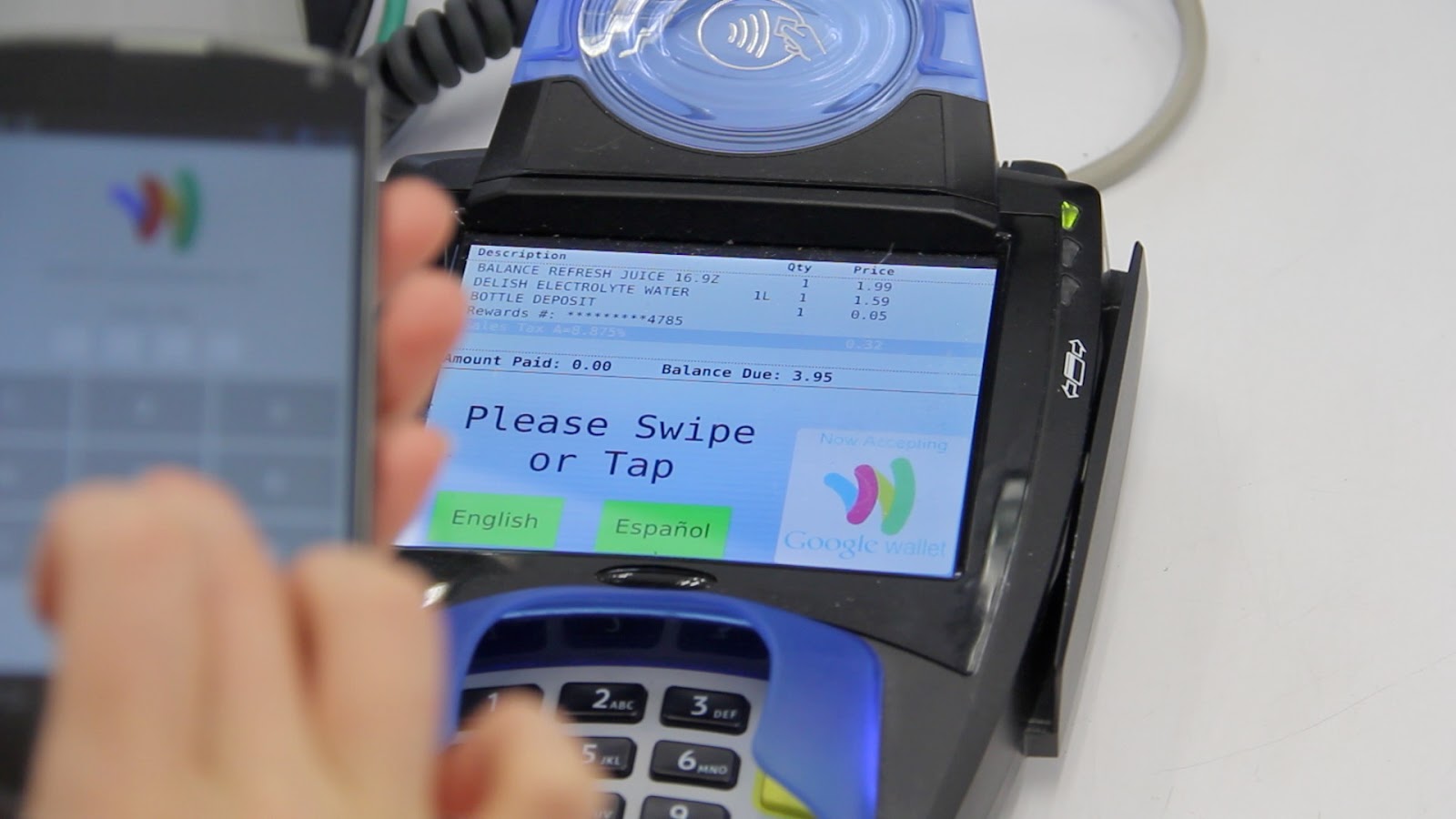
The technology of short-range high-frequency wireless communication, also known as NFC, became even more widespread with the development of payment systems - users finally understood how to use it for their intended purpose. Of course, the scope of application of technology is not limited to this, but payments have received the greatest popularity.
The principle of operation of NFC is based on electromagnetic induction - using an antenna, the reader’s transmitter constantly emits a sinusoidal signal at a frequency of 13.56 MHz. Enthusiasts still create NFC tags: for example, you can stick a tag on a laptop and use the Trigger application to set the access point to turn on, set a tag near the bed and make it so that when you touch the smartphone, airplane mode is turned on, and so on. In general, the smartphone is no longer a luxury, but a necessity, and this is evidenced by the variety of devices on the market - from Xiaomi Mi5 to Nubia Z7 MAX .
→ What is a NFC smartphone capable of?
Now it is difficult to say whether to leave the 3.5 mm jack on smartphones. It seems that Apple is again trying to create a trend, others are likely to pick it up soon, but it’s unlikely that all users are now ready to switch to Bluetooth headphones or buy USB-C headphones.
Of course, everyone chooses their necessary set of technologies for their ideal smartphone. What is yours?

Let's say right away, many of the chips that we’ll talk about today are already in many smartphones. However, some trends are just emerging, others just remain paper waste paper in some patent office. And some of the vendors, so please us with a whole bunch of new technologies this year. At least if you believe the leaks from the Chinese.
USB-C

')
The type of USB-C connector can now safely be called a “killer” to all of us, the usual micro-USB. At first, manufacturers of premium-class smartphones ran in it, but soon they were joined by more accessible members of the family. The alignment is such that even Apple, known for its personal approach to connectors, can use USB-C in the new iPhone instead of Lightning.
Why did Apple at one time did not use micro-USB along with everyone? In 2012, the company had a choice: either to create its own connector, since the 30-pin connector turned out to be too large, or to join the other manufacturers. However, micro-USB did not meet at least one request from Apple - it was impossible to insert any of the parties. Now USB-C is fully consistent with the company's vision of a reliable connector, otherwise in a MacBook and new MacBook Pros, we would see Lightning again.
It should be understood that USB-C is only a new type of connector, not a standard - the latter is called USB 3.1. USB 3.1 "gave" us not only the Type-C connector, but also transfer up to 100 W of power, and doubling the data transfer speed compared to USB 3.0. For the transfer of high power meets the standard USB Power Delivery.
In general, in 2017, USB-C will become an indispensable element of almost all smartphones - the process has already been launched, and, probably, all this for at least a couple more years. Already, the price spread of smartphones with Type-C support is very large: from Xiaomi Mi4S and LeTV Leeco Le2 Pro to Lenovo Moto Z and OnePlus 3T . By the way, if you apply the coupon OPTGBS , the latter can be snatched for $ 448.99.
Wireless charger

We have already told you about wireless charging in detail , and precisely because now it is one of the essential attributes of a modern smartphone. In short, its essence is in the transmission of electricity through the air through electromagnetic induction. For wireless charging, two coils are used: one located in the smartphone itself, the other in the power supply. Therefore, if one coil (source) is connected to the power supply, a magnetic field arises in it, which is perpendicular to the coils. The second coil (receiver) is placed in the zone of the magnetic field of the first - and voila! There is tension in it.
For unknown reasons, manufacturers of 2016 have bypassed wireless charging (but you can do it yourself - at least for the iPhone , at least for any Android-smartphone ), which cannot be said of Samsung with its Galaxy S7. Perhaps the reason is a small radius of action, as well as excessive heating of the device when charging in this way. Most likely, another boom of wireless charging will occur next year, for example, by ultrasonic. By the way, at the presentation in 2011 he was already able to transmit electricity at a distance of 7-10 meters.
Returning to the same Apple (well, it happened), we should recall the recent rumors about wireless charging in the iPhone, which could be a turn of the evolution of this technology. We are talking about the company Energous, which is known for its wireless charging technology WattUp RF - it allows you to charge smartphones and other devices at a distance of up to 4.5 meters from the charger. According to the company, it is working on the application of technology with one of the leading electronics manufacturers.
Fast charge

Oh, sorry, not that picture. Here is the one:

But fast charging now enjoys an enviable popularity both among manufacturers of smartphones and among buyers (however, this is a direct link). In 2016, devices began to be equipped with Quick Charge 3.0 technology ( Xiaomi Mi5 ($ 259.99 for the XIMIS promo code), Mi Mix, and others), which boasts support for INOV, an intelligent voltage selection technology. The technology appeared along with Snapdragon 820, 620, 618, 617 and 430 chips and received support for USB Type-C. For half an hour to 66% of the charge? Easy! However, for a battery capacity of about 3,000 mAh.
Snapdragon 835, introduced last fall, marked the emergence of a new technology Quick Charge version 4.0. The latter will charge a smartphone with a 2750 mAh battery in half in just 15 minutes, is compatible with USB Power Delivery, and comes with smart INOV voltage optimization version 3.0. Four-level overheating protection, of course, included. Considering that in 2017 we still have a lot of smartphones with Snapdragon 835 on board, the fourth version of QC can be tested in action. And fast charging will become fashion again - shoppers and marketers are happy.
Mediatek does not stand aside, last year it showed Pump Express 3.0 - from 0% to 70% in just 20 minutes. In space, they say, the smartphone will not fly, which is good news. The new technology will be available to devices running on the MediaTek Helio P20 chip.
→ Overview of fast charging technology
Dual camera

They say that even if Apple decided to use this or that technology, everything would definitely “fly”. Now, perhaps, we will not understand who has more green grass on the lawn, but the trend towards dual cameras is obvious - it is not only convenient, but it also allows you to get better pictures, and marketers can “boil” a hundred or two dollars on a new chip. And it is quite reasonable.
One of the advantages of a dual camera is to quickly take a picture, and focus later, due to the presence of not one, but two lenses at once. While one camera with a fixed focus receives a snapshot of distant objects, the other focuses on objects located side by side. The focus may be less accurate than the phase one, but how cool it is to have a function, just like in the Lytro camera.
Smartphone 2017 must be equipped with a dual camera. Although it is not too expensive, some manufacturers even began to lose market share due to the fact that buyers want a dual camera "like in an iPhone." But since the iPhone 7 Plus is not affordable for everyone, more low-cost counterparts on Android go into battle. Here, for example, BLUBOO Dual 4G or Ulefone Power 4G . Although Redmi Pro with dual camera can be cheaply taken if you enter the RPXM promo code.
And if you look something more serious, the blue Honor 8 with a dual camera will be an excellent option. Only $ 369.99 for a special promotion by February 14 ! There, by the way, there are a lot of interesting smartphones at very tasty prices.
Biometric technology

The fact that in a modern smartphone should be a fingerprint scanner, no one has any questions. The imprint does not change throughout a person’s life and is considered one of the most common identification methods, it is well known that Xiaomi ( REDNO Promo Code on Redmi Note 4 for $ 194.99) and OnePlus do not bypass it. But if you get stuck, capacitive scanners can be quite easily deceived, which cannot be said about ultrasonic scanners - scanning the surface of a finger with the help of ultrasonic waves and measuring the distance between the source of waves and the relief of a print on the reflected echo. One of the first smartphones with such a sensor was LeEco Le Max 2 . Last year, ultrasound scanners were not so run-in, and many manufacturers looked in their direction with caution - the implementation of the technology is somewhat more expensive than the capacitive ones.
In 2017, everything can change - according to rumors, more and more vendors are going to introduce Qensecomm's Sense ID technology, where ultrasound penetrates metal surfaces, glass and some plastics and receives a three-dimensional fingerprint card. Well, you should not forget about scanning the iris, since Samsung has already tested the technology on the mass market. In general, a modern smartphone will necessarily be equipped with advanced biometric tools, and not a simple fingerprint scanner (the main thing is that DNA is not collected). About 10 years ago, they would have shown us with a forefinger and without remorse, they said, "snicked." And what to do.
→ Technology Review of Fingerprint Scanners
Display revolution

What exactly will be a hit in 2017 is frameless and curved screens. How many conversations were there when Xiaomi presented its Mi Mix smartphone in October last year: in fact, however, it was not as “frameless” as numerous renders sang to us, but the device still turned out very stylish and interesting. Other manufacturers aspire to this - thin screen frames exist in LeTV Le Max Pro, and even in the budget Blackview A8 or Redmi 4 4G ($ 164.99 for the promotional code XIREDMI ).
Smartphones with curved screens are also spreading - for example, the Galaxy S7 Edge has become much more popular than the regular S7 precisely because the edges of the display of the device are on the side faces. How convenient it is - another question, but it looks very cool. The manufacturer who can achieve "frameless" not on renders, but live, will definitely earn the sympathy of buyers.
And here, of course, it didn’t go without a fly in the ointment - curved OLED screens are expensive to produce, so their use affects the final cost of a smartphone. Strategy Analytics even predicted an increase in the price of the iPhone 8 to $ 1,000 due to the curved OLED display.
→ How not to get lost in the screens of smartphones
Virtual and Augmented Reality

If everything is clear with virtual reality in smartphones, the AR direction still raises many questions, although it is developing at a rapid pace. In the first case, everything is decided by a special helmet - be it a cheap Google Cardboard or an advanced Gear VR and the like . Augmented reality is implemented at the program level: the success of the game Pokemon GO last year clearly demonstrated the whole perspective of this direction.
Ideally, a modern smartphone should support augmented reality right out of the box, thanks to the presence of embedded software tools. AR in mobile devices is just evolving, so we are looking forward to the surprise of the manufacturers. In Apple alone, an entire division works on augmented reality.
5G support

Perhaps this point is controversial, but if the concept of "modernity" does not stretch for a year, but at least for a couple of years, it has chances to exist. LTE networks appeared in our life just as unexpectedly as 3G in due time, the same can happen with fifth-generation networks: not for nothing a couple of days ago the 3GPP consortium approved the name 5G for them.
Although the 5G specifications will be approved only at the beginning of next year, commercial use of networks may start as early as 2019. So, for example, in early February, MTS and MGTS announced that 5G will appear in Russia by the beginning of 2019 - successful technology tests have already been carried out, and other cellular operators will not keep them waiting.
5G networks differ from previous generations by an increase in speed (at least an order of magnitude), a decrease in delays, and a significant increase in network capacity. In the process of technology implementation, much will depend on the manufacturers of smartphones - however, they will always have time to pop up.
Voice assistants

This point, perhaps, causes even more disputes than the previous one. Someone says “yes, why these assistants, there is no sense from them,” but motorists have already appreciated the opportunity to send a message or make a call without taking both hands from the steering wheel. And in general, voice assistants are convenient because they allow you to save time on typing and performing familiar actions: keeping a diary, creating reminders, setting an alarm clock, and so on.
Now the world of voice assistants is not limited to Siri alone: Microsoft has Cortana, Samsung is preparing to rethink voice control with the new assistant Brixby (Samsung Hello), even Amazon is working in this direction. Will there be a revolution from other manufacturers? We will find out soon. But to imagine a modern smartphone without this embedded technology is already difficult.
NFC

The technology of short-range high-frequency wireless communication, also known as NFC, became even more widespread with the development of payment systems - users finally understood how to use it for their intended purpose. Of course, the scope of application of technology is not limited to this, but payments have received the greatest popularity.
The principle of operation of NFC is based on electromagnetic induction - using an antenna, the reader’s transmitter constantly emits a sinusoidal signal at a frequency of 13.56 MHz. Enthusiasts still create NFC tags: for example, you can stick a tag on a laptop and use the Trigger application to set the access point to turn on, set a tag near the bed and make it so that when you touch the smartphone, airplane mode is turned on, and so on. In general, the smartphone is no longer a luxury, but a necessity, and this is evidenced by the variety of devices on the market - from Xiaomi Mi5 to Nubia Z7 MAX .
→ What is a NFC smartphone capable of?
And leave the audio jack?
Now it is difficult to say whether to leave the 3.5 mm jack on smartphones. It seems that Apple is again trying to create a trend, others are likely to pick it up soon, but it’s unlikely that all users are now ready to switch to Bluetooth headphones or buy USB-C headphones.
Of course, everyone chooses their necessary set of technologies for their ideal smartphone. What is yours?
Even more cool smartphones and tablets with discounts
MEIZU M3S 4G - $ 99.99 for coupon M3SGGB
Lenovo ZUK Z2 64GB - $ 189.99 for the 4GXIMI coupon (or $ 177.99 from 19:00 Moscow time)
Lenovo ZUK Z2 64GB - $ 189.99 for the 4GXIMI coupon (or $ 177.99 from 19:00 Moscow time)
Source: https://habr.com/ru/post/401481/
All Articles